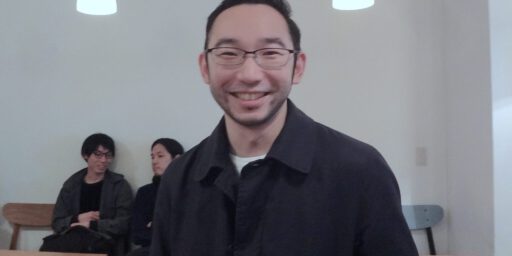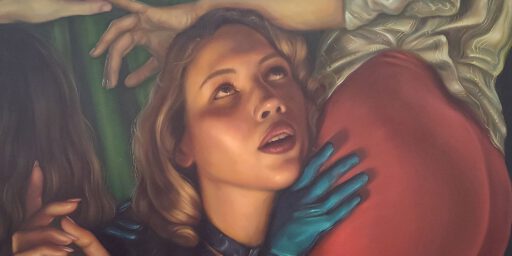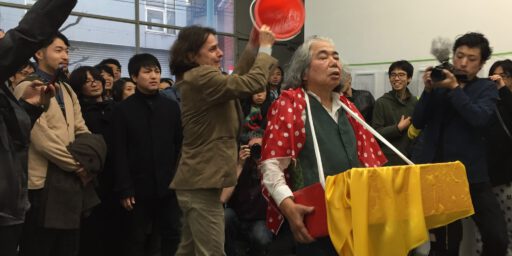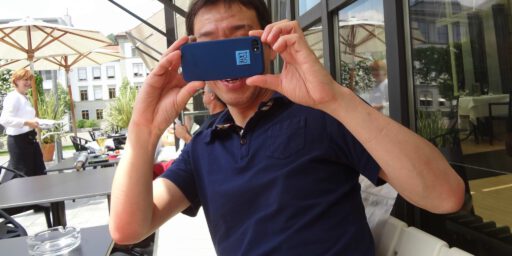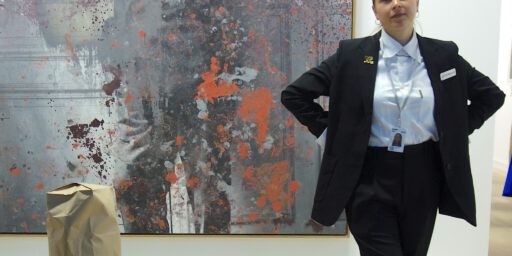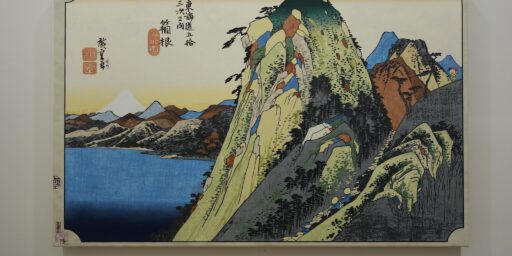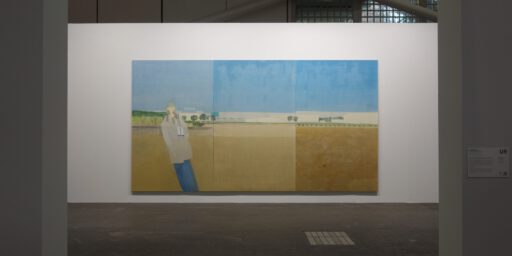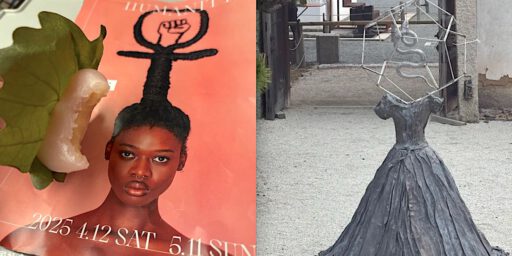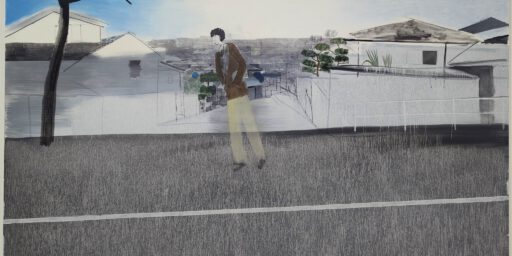“Onsen Confidential” SVIT (Prague) presents: ASAHI (Rising Sun) by Habima Fuchs featuring JIŘÍ KOVANDA, Lukáš Jasanský and Martin Polák, Tomáš Absolon 温泉⼤作戦
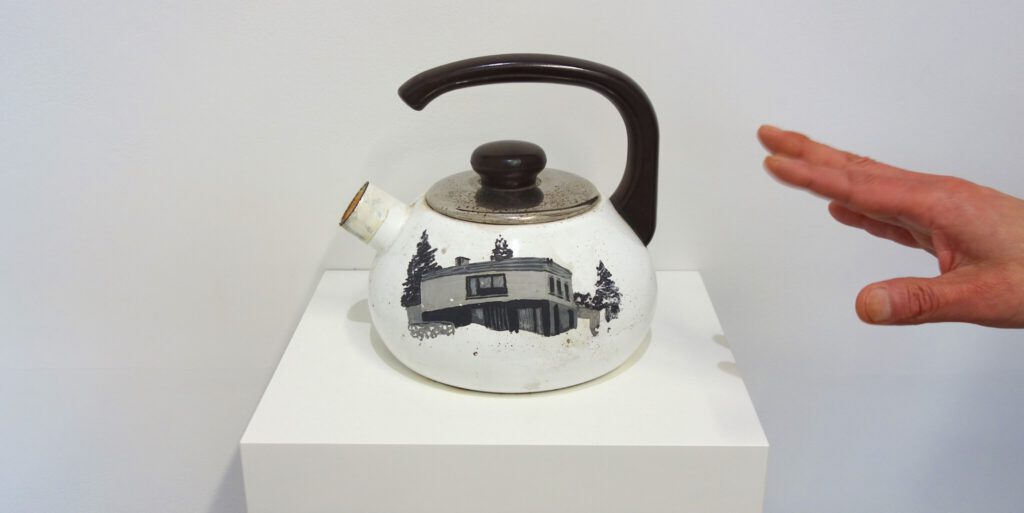
AOYAMA | MEGURO 青山|目黒, one of the most important, successful galleries in Japan, prominently showing artists with significant, far-reaching conceptional practices, actually created a unique exhibition including contemporary artists from Czechoslovakia.
To recapitulate, AOYAMA | MEGURO manifests its outstanding engagement in the global art scene, by being until now the only Japanese gallery, which won with its artist TANAKA Koki 田中 功起 an award for the Japan Pavilion at the Venice Biennale in Italy.
Fascinating TANAKA Koki solo exhibition: “A Poem Written by 5 Poets at Once”
魅力的な田中 功起個展:「ひとつの詩を5人の詩人が書く」
https://art-culture.world/articles/tanaka-koki-田中功起/
In this context, the actual Japan Pavilion chose superb MOHRI Yuko 毛利悠子, who in these days is receiving raving, enthusiastic reviews for her installations.
Venice Biennale 2024 with the title: “Foreigners Everywhere”. Contemporary Art Star MOHRI Yuko @ Japan Pavilion. Can MOHRI challenge ‘L’Arte dei rumori’ by Italian Futurist Russolo?
https://art-culture.world/articles/mohri-yuko-毛利悠子/

The curatorial practice by artist Habima Fuchs at AOYAMA | MEGURO shows a mesmerising coalescence, a process by which she and four artists’ friends, namely JIŘÍ KOVANDA, Lukáš Jasanský and Martin Polák, Tomáš Absolon harmoniously blend into art-historical conditions and ambience. Five artistic “Elements” interacting in her anima of “Comprising the Universe”. A kind of spiritual experience of living every minute with love, grace, and gratitude.

Habima Fuchs (Photo: Creative Commons Attribution Noncommercial-NoDerivative Works, courtesy creative common sense)

Besides her subtle anthroposophic approach, aqua-round tranquility, transcendental mellifluousness, Habima Fuchs contextualised this exhibition with the Japanese word ASAHI 朝日, which means the Rising Sun. As a train of thought I might associate ASAHI with the concept of “Onsen Confidential”.
The strong rays of sunshine in the morning, after socialising, and having partied in a traditional Onsen 温泉. Mystical feelings like amazement, curiosity, imagination. Or, a hangover after a typical Japanese hedonistic, artistic practice in Yukata 浴衣, bathrobe & nudism, so to speak. To be precise, “Onsen Confidential” is a hybrid city-wide gallery share and natural hot spring retreat / conference. The project is meant to bring together like-minded gallerists in a spirit of collaboration and cooperation and to provide a friendly introduction to the unique context of the contemporary art world of Tokyo.
Check the link: http://onsenconfidential.com/index.html
Habima Fuchs elevates these participating 14 galleries / art spaces in Tokyo into a mystical, floating “Matter in Eternity” of 7 stones. Each piece embraces two halves, implying a subtle deeper meaning of harmony, positive vibrations, close connections, interrelationship and Stone Age.

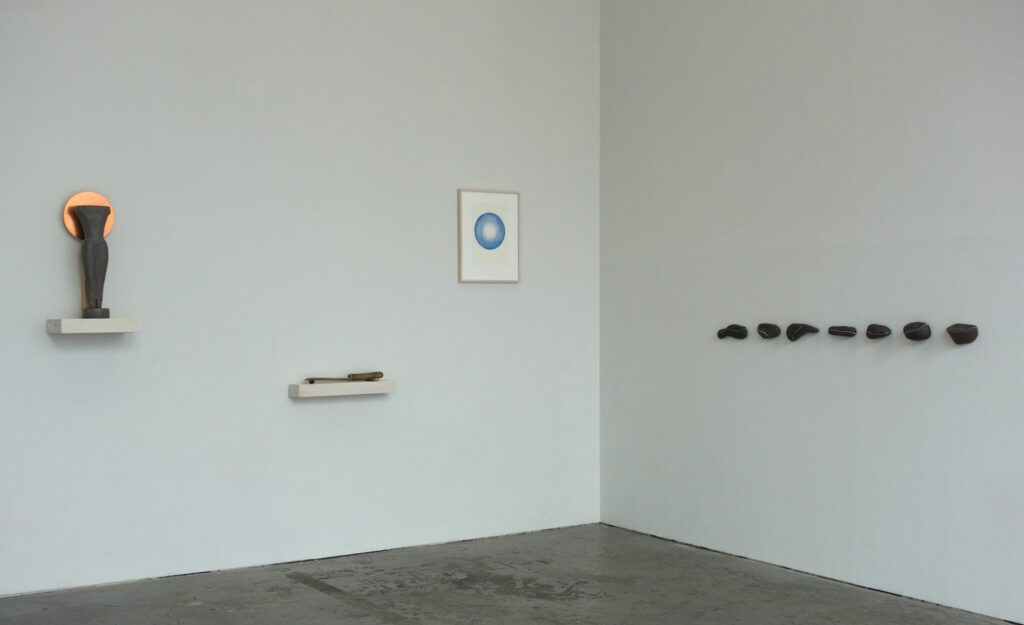


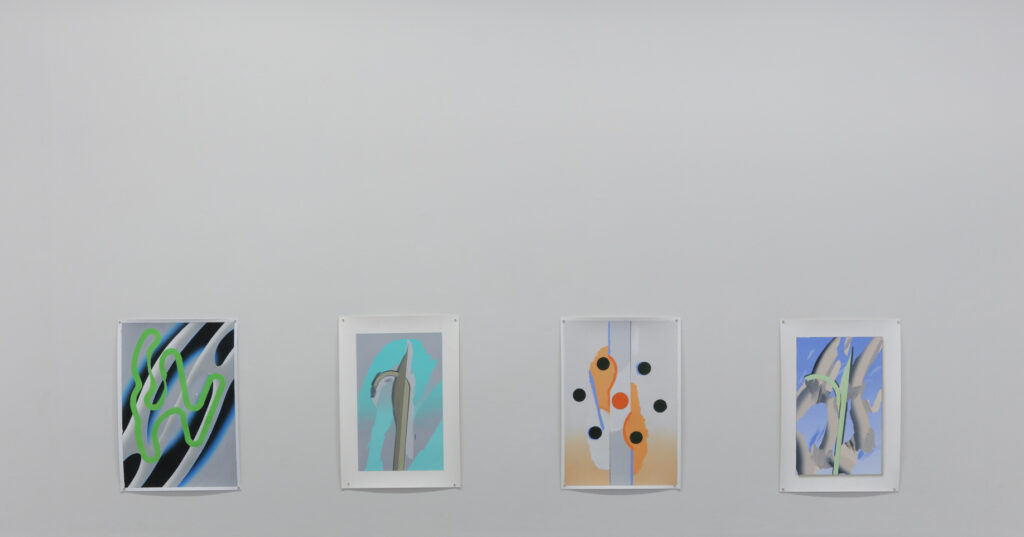
Tomáš Absolon’s subtle, sensitive acrylic works on paper embody a notion of particular qualities as a painter. His emotional gestures with colour as strokes, and structural, experimental design patterns reflect specific ontological ideas. The compositions stimulate our perception with Kant’s epistemology in mind. Cunt’s philosophical approach let my brain stimulate cognitive processes involved in recognising one œuvre as women’s thighs and vulva. This kind of personification through Absolon’s paintings exemplify, in the best charming intentions I could imagine, a sublime form of allegory and metaphysics.
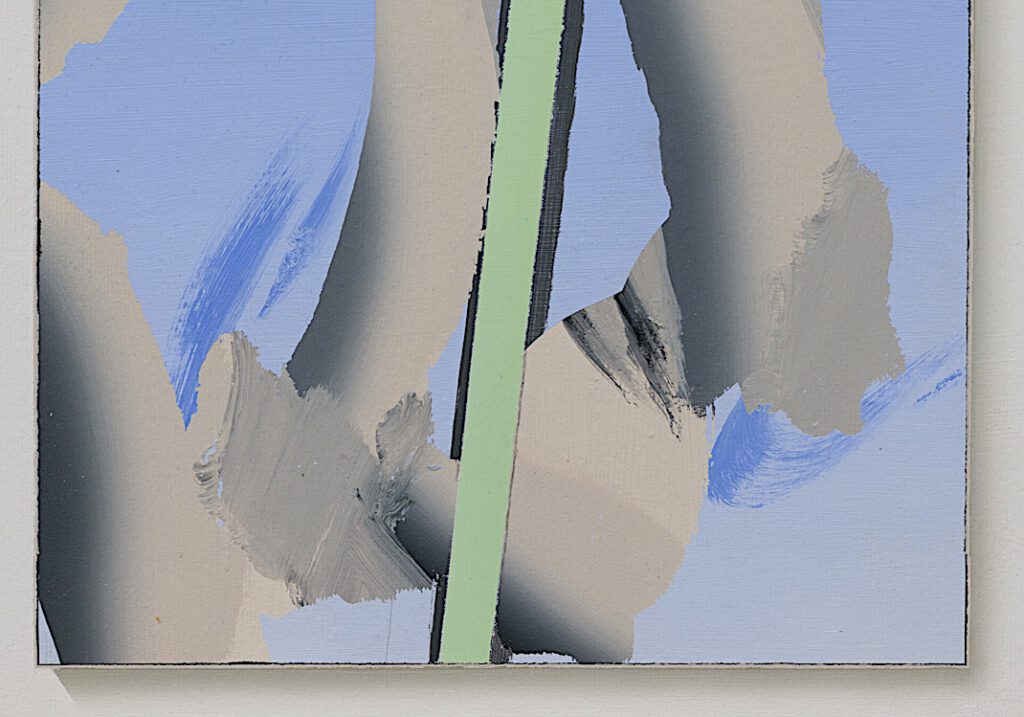
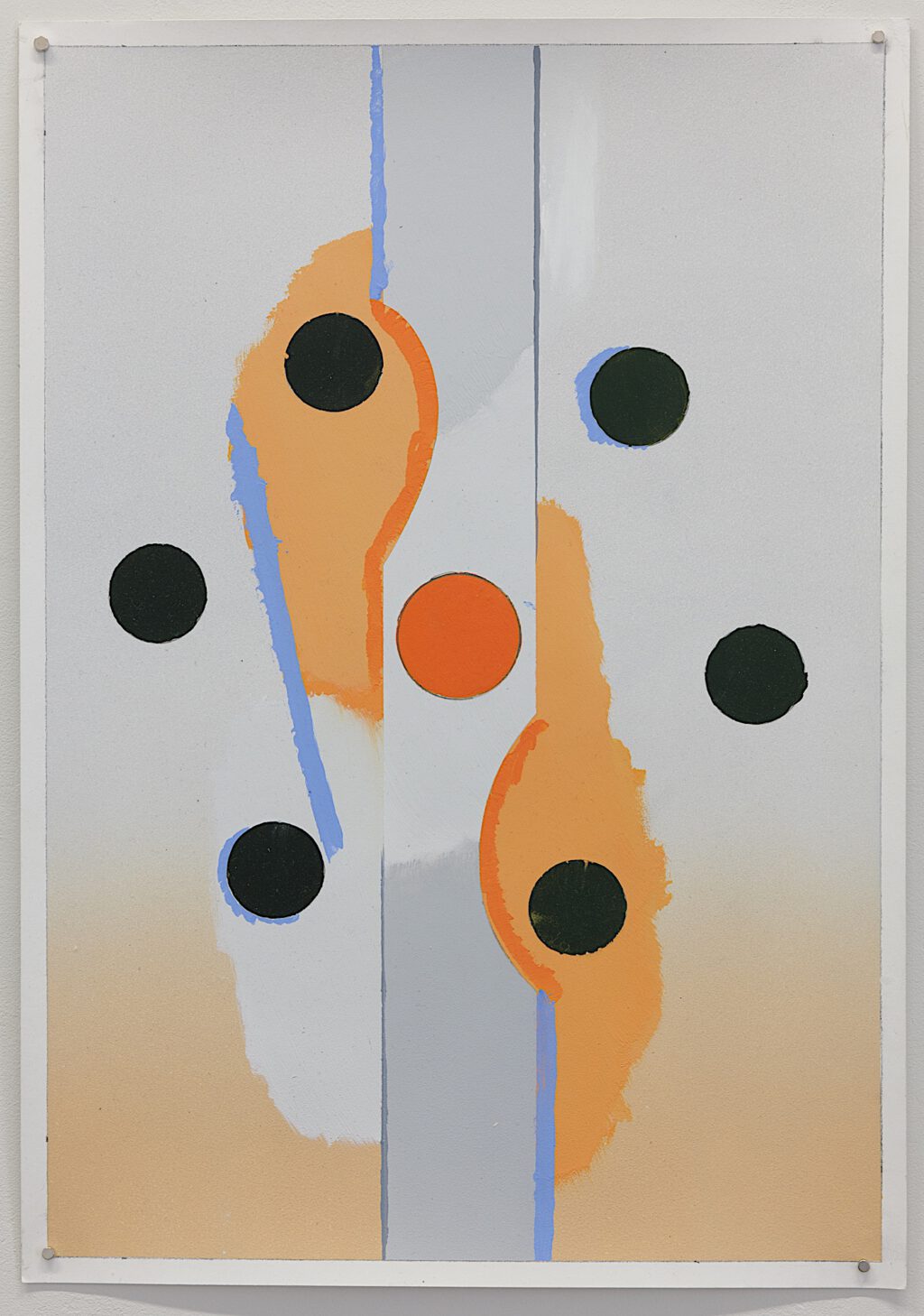
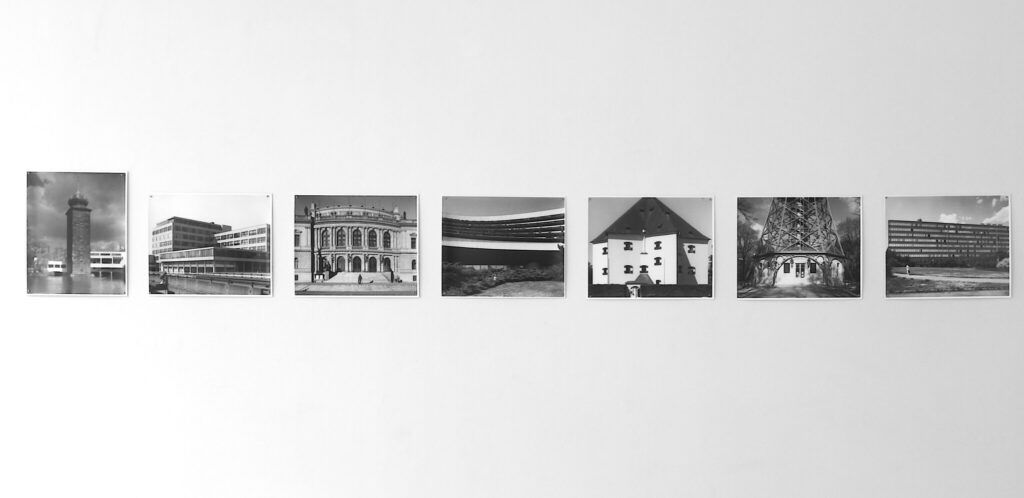
The strong body of work “from the Ignatius series” (1996-2002) by the artist-duo Lukáš Jasanský and Martin Polák resonate a specific conceptual and intellectual artistic practice. Besides the excellent prints on b/w baryta paper, the execution per se, the shots can be called outstanding! Well done pinhole-references, antes de Sugimoto, extraordinary choices regarding architectural, historical periods in Europe, embedded in a state construct called Czechoslovakia. Jasanský & Polák’s re- and de-constructing picturesque method provide the matrix of cognitive perception. The obvious non-documentary, fictional character disrupts the pre-domesticated boundaries between hard reality and social(ism) illusion, re-contextualizing blurring processes such as remembering, learning, problem-solving and fake-political orientation. Because of the monotone compositions the distraction through colour had been eliminated. Superb sculptural qualities, witty sabotage infiltration and disruptions (discover The Circle) elevate this body of work into the realms of connoisseurship and onto the universal level of magnum opus. Bravo!
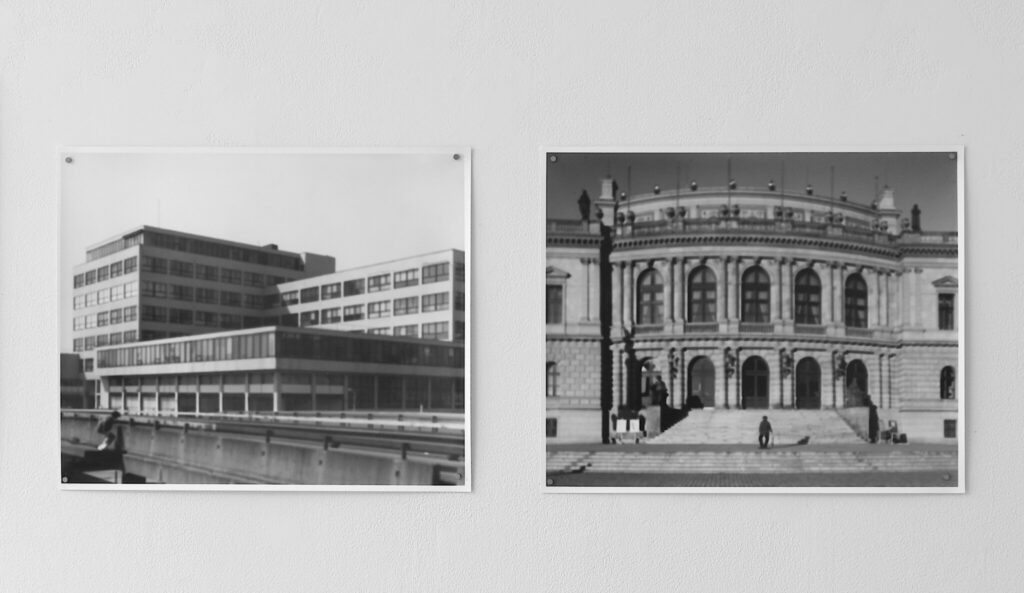
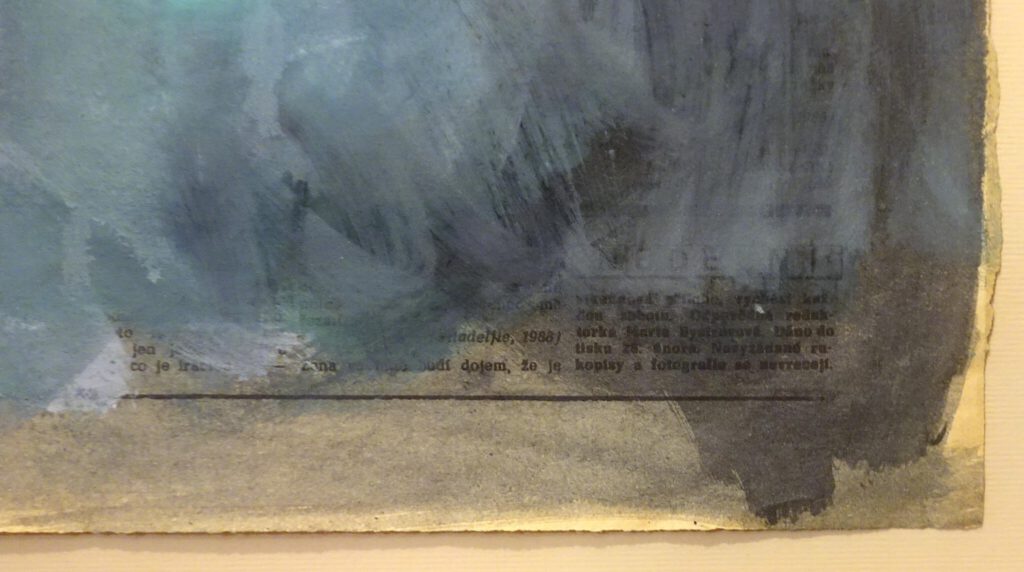
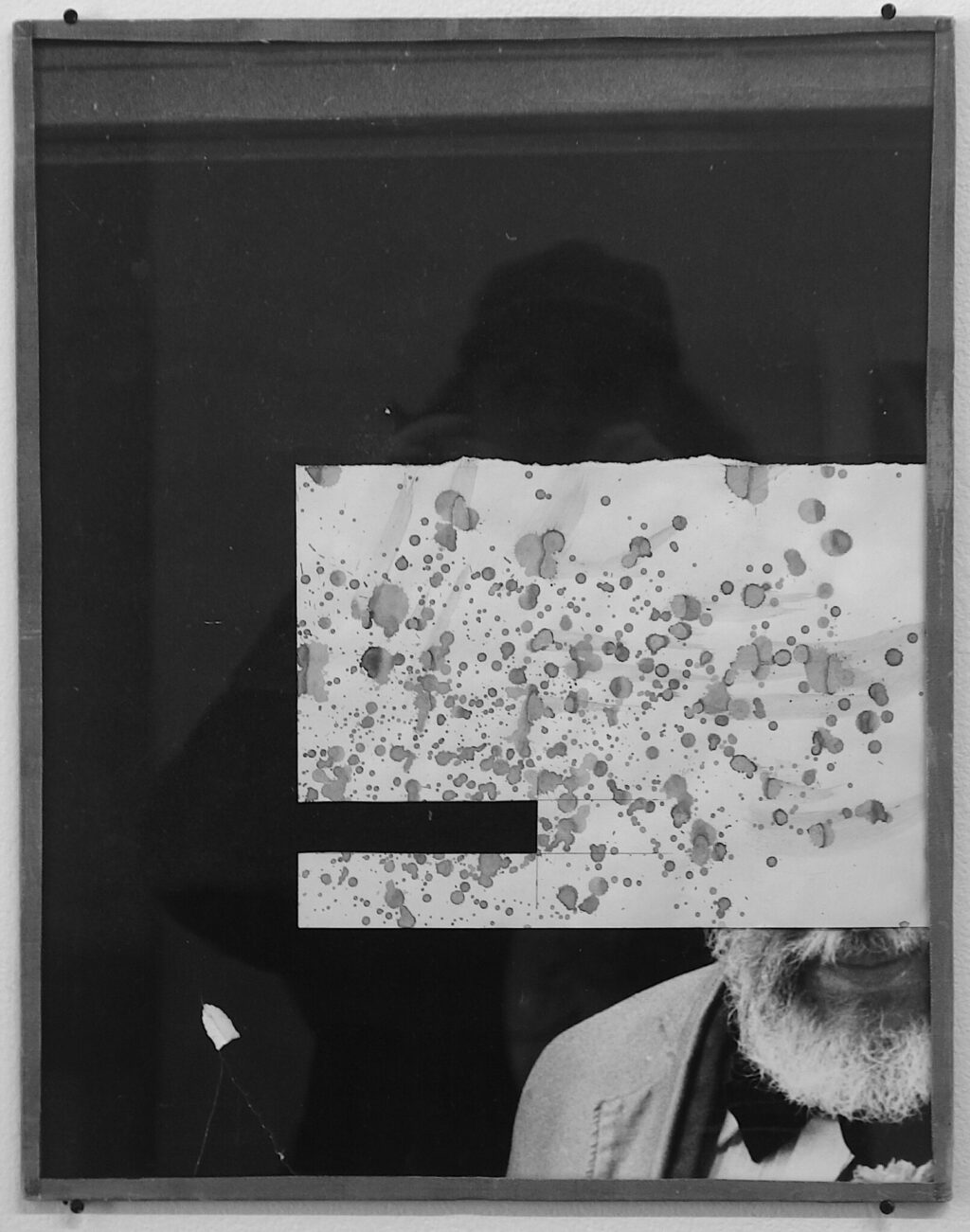
Jiří Kovanda in Tokio. The Circle as Leitmotif. The Hand of God.
Kovanda’s attitude has been born through constrains and social restrictions, back in the late 1970’s under the totalitarian communist regime of Czechoslovakia. Well known for his subtle ephemera ― but strongly political― performances and interventions in public space, we nowadays can recapitulate how radical and avant-garde his practice was.
Either you went undercover with your ‘anti-social’ art works or you played the ordinary conformist. In this context, Kovanda chose clandestine, discreet actions, almost impossible to distinguish from real life: bumping into passers-by, waiting for the telephone to ring, attempting to meet girls in the street. These (artistic) practices per se became his escape from the totalitarian communist system, which actually exists, in a different modus, in mainland China and Russia.
Back in the 70’s and 80’s Kovanda’s gestures questioned the place of an individual in social space, staying apart from any reaction to the context of the Soviet period in Eastern Europe. In this aspect, we highly respect his liberated art projects he executed in a gallery like AOYAMA | MEGURO in Tokyo, – always having his experience from his younger years in mind.
With the finesse of the negotiator, a clever virtuosity, Kovanda surprised us in 2020 with an astonishing new strong body of work, which could be excellently realised. The local art scene was filled with amazement about Kovanda’s ‘Seagull Piece’. It became the talk of the town, so to speak. Japan’s renown art critic ICHIHARA Kentaro: “The first introduction in Japan of the artist (Jiří Kovanda) (featured in Claire Bishop’s “Artificial Hells” 2012) who developed participatory and experiential social art, embedded in the context of the repressive regime of the former socialist era in Czechoslovakia. The exhibition includes a site-specific installation and collages, drawings of local beauty at its finest. These marvellous works are full of resistance and liberation. A must-see one-man show.”
Kovanda hereby initiated a sensuous encounter to explore separation and connection within and against the surrounding architecture, un spazio speciale, intimo without human contact. Timeless mesmerising poetry.
Timely, the best metaphor we can imagine representing our post-Corona-times.
Jiří Kovanda’s influence reaches far and wide on the global art stage. Thanks to the gallerist AOYAMA Hideki, Japanese art lovers can appreciate Kovanda’s world, mingled with highly sophisticated art works.
For those with sharp eyes will discover a recurring metaphorical leitmotif in every Kovanda’s work: The Circle.
In this actual group show, the chosen title in ‘Bohemian’ of the kettle “Bez názvu”, meaning “untitled”, from 1990 contains the Duchamp-champion’s question: What qualifies an object as an object d’art and how can it be distinguished from ordinary objects of everyday life?
A Czech ready-made with a Circle. A universal symbol with extensive meaning. It represents the notions of Wholeness, the Infinite, the Eternity, the Timelessness, all cyclic moments in Nature and Spirituality. The affinity with the art practice of Habima Fuchs becomes clear.
Seeing a great exhibition as in the gallery AOYAMA MEGURO is a moving experience. It stays with you and inspires you to search far and wide, for the next hint of that feeling. Sometimes the impact is completely overwhelming and other times it’s subtle and builds slowly, as you learn and read more, long after you left the show.
But the result is unquestionable positive and profound. Your thinking is being broadened and the perspective widens.
This “ASAHI”-exhibition offers a semi-curatorial statement: The connecting practices of these five artists are intellectually stimulating, multifaceted and associate time for thinking and further exploration.
Each artist’s attitude embodies gestures raffinées and energies of love.
Highly recommending to see this still running exhibition in natura, which is reflecting the universality of art in our precious, sensitive time.
Berlin, Kant Street 69, April 22, 2024
marking the 300th anniversary of the birth of Immanuel Kant
Mario A
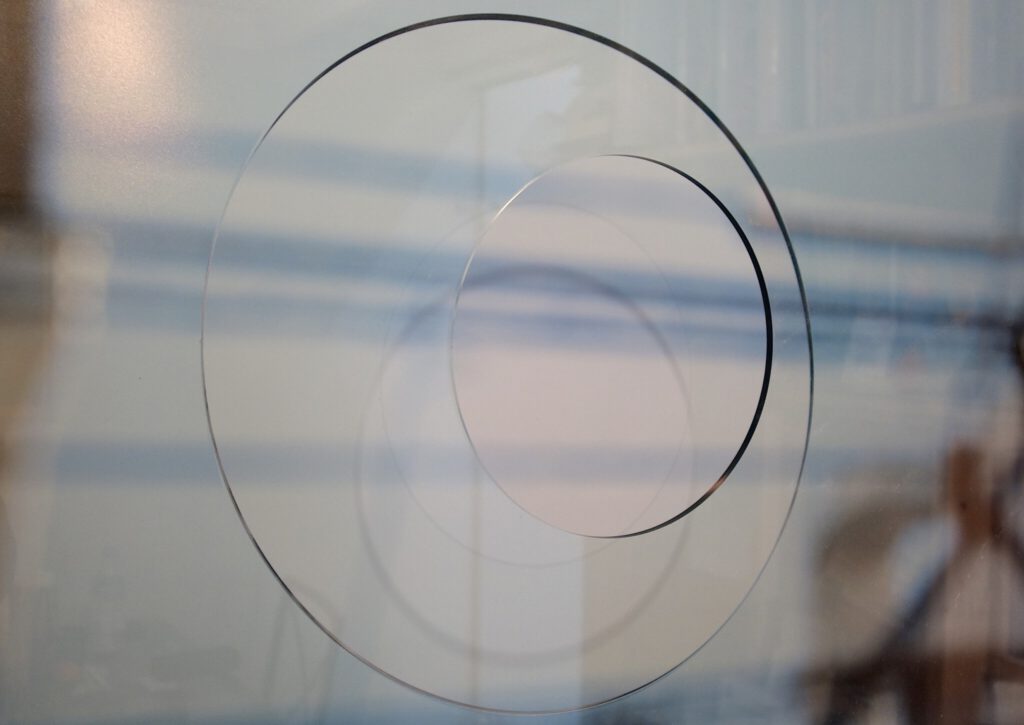
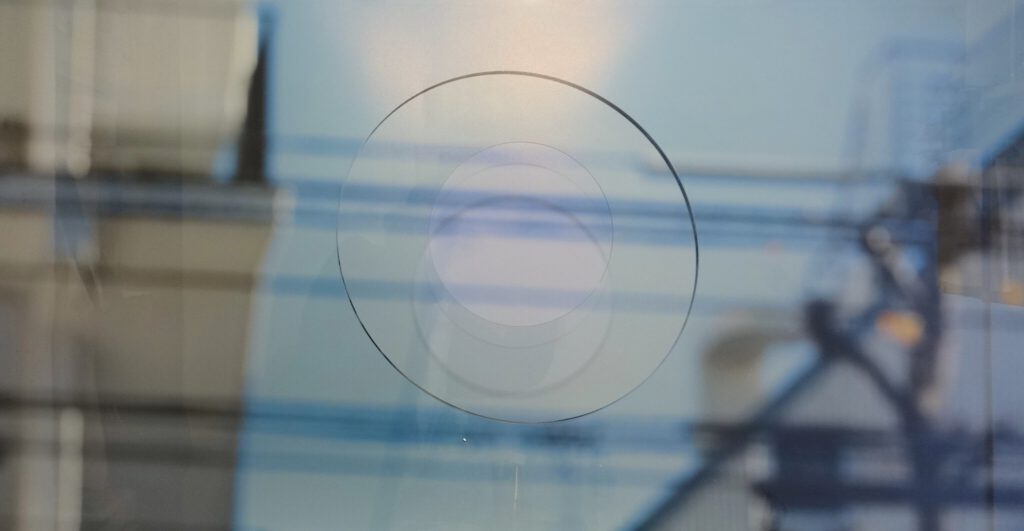
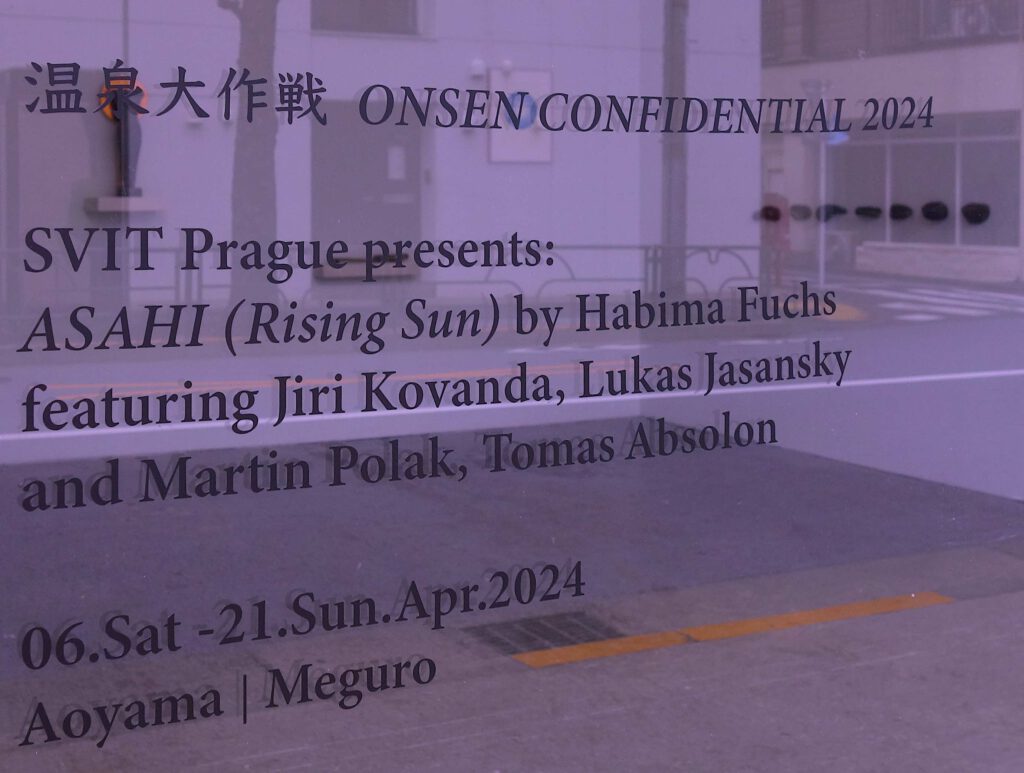
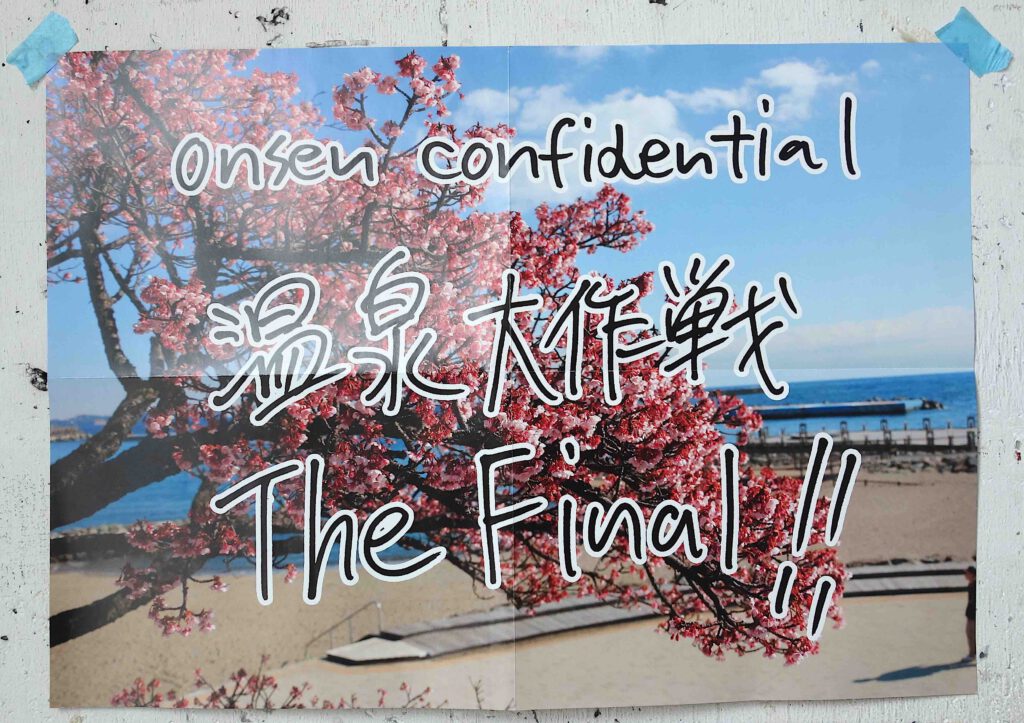
温泉⼤作戦 Onsen Confidential The Final
6 – 28 April 2024
AOYAMA | MEGURO 青山|目黒
Joint project “Onsen Confidential The Final”
This time’s guest gallery will be SVIT from Prague, a collaborative gallery of Jiří Kovanda, who held a solo exhibition at our gallery in 2020, and will hold a group show by 5 artists, mainly Habima Fuchs.
http://aoyamameguro.com/en/news/onsen-confidential-the-final/

